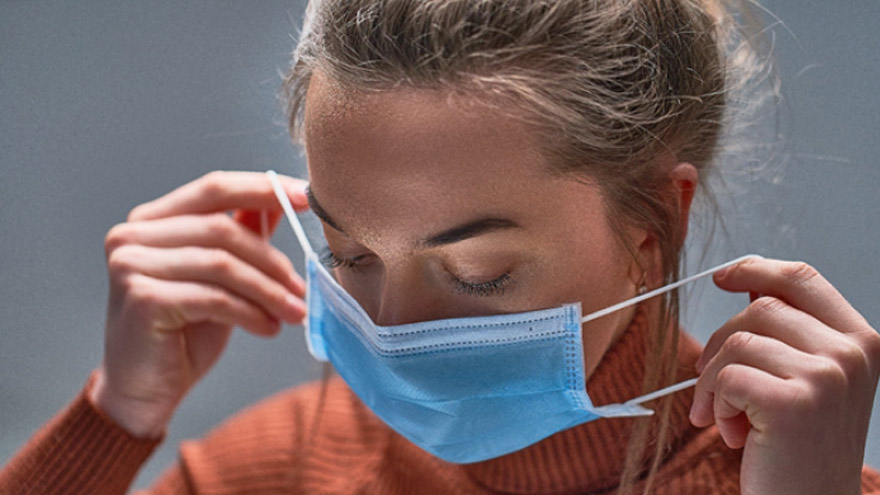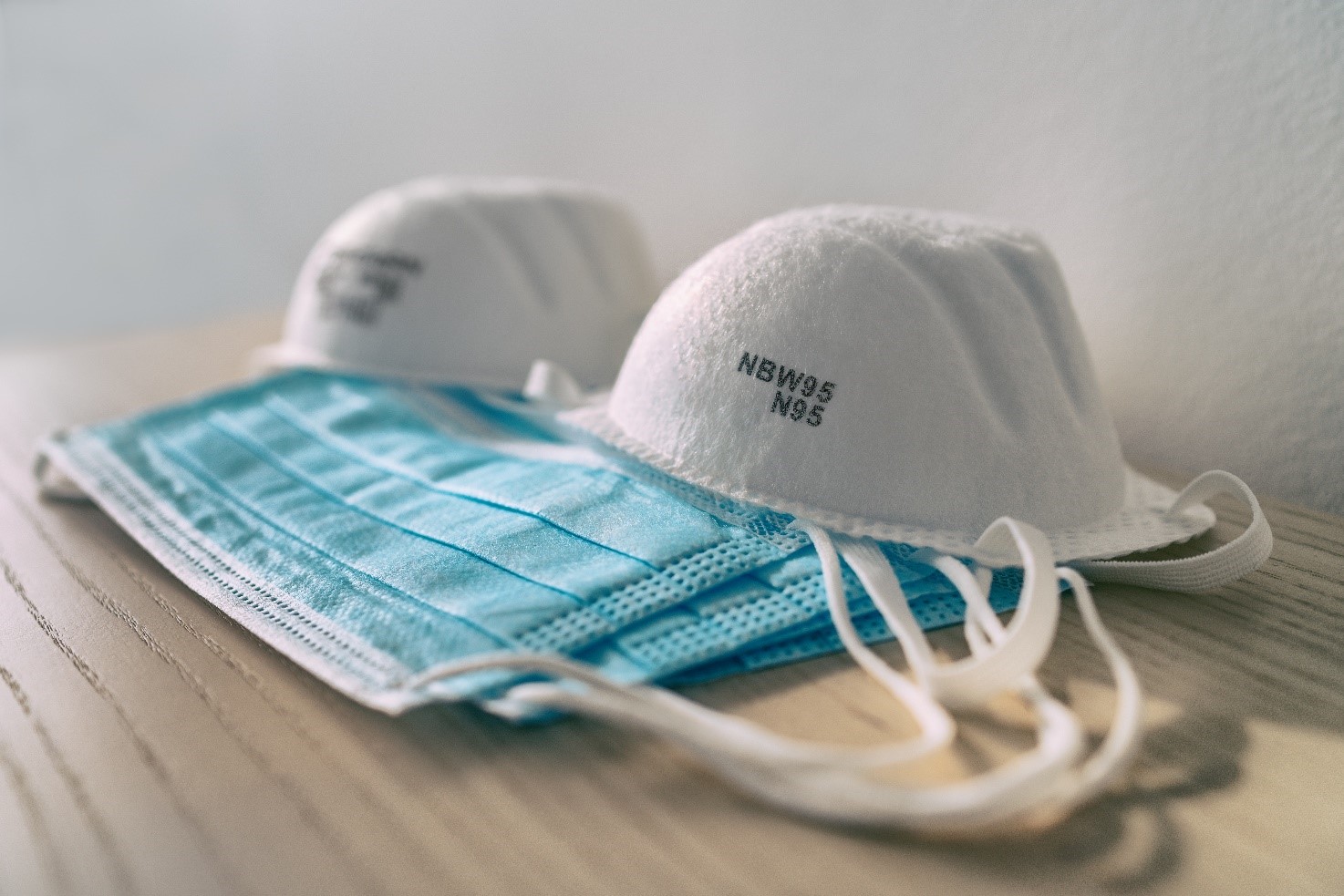According to the official position of the Ministry of Health, covering the mouth and nose will be necessary until a vaccine against coronavirus is invented and introduced to the market. Currently, there are many types of protective masks on the market. What types are these and how much protection do they provide?

In this article you will read about:
types of protective face masks and their effectiveness. Additionally, we will point out the most common mistakes made when wearing masks.
What are you looking for?
Types of masks and their effectiveness in protecting against coronavirus
Both the WHO recommendations and the recommendations of the European Center for Disease Prevention and Control indicate that protective face masks should be worn primarily by sick people who show clear symptoms of the disease. Additionally, masks should be worn by people caring for sick people. The European Center for Disease Prevention and Control additionally determines that wearing masks by all citizens in public places and in stores can significantly reduce the transmission of coronavirus and, consequently, flatten the curve of Covid-19 cases.
The most commonly used types of masks available on the market include: disposable surgical masks , N95 masks and reusable fabric masks.
Disposable surgical masks
Surgical masks - also called medical masks - are loose-fitting, disposable masks that effectively protect the user's nose and mouth from contact with drops, splashes and aerosols that may contain bacteria, viruses and other pathogens. Disposable surgical masks effectively filter primarily large particles and droplets with a diameter above 1 micrometer transmitted in the air.
The degree of filtration of surgical masks is determined by the European standard EN 14683, which categorizes surgical masks into 3 types:
- type I (filtration efficiency ≥ 95),
- type II (filtration efficiency ≥ 98),
- type IIR (filtration efficiency ≥ 98).
Wearing disposable surgical masks is recommended by most international organizations due to their high availability and low cost of purchase and production.
N95 half masks
N95 respirators provide better protection against the coronavirus than surgical masks because they filter out much smaller particles, blocking up to 95% of airborne dust and aerosols. Some N95 masks have valves that make breathing easier. According to the PN-EN 149 standard, these masks are divided into 3 categories with different levels of protection:
- FFP1 (filtration efficiency ≥ 1 μm),
- FFP2 (filtration efficiency 0.5 ÷ 1 μm),
- FFP3 (filtration efficiency 0.3 ÷ 0.5 μm).
Before using N95 masks, it is necessary to undergo appropriate training and face fit testing to achieve a proper seal between the mask and the skin. N95 half masks can be intended for single or repeated use - this is determined by their labeling (R - multiple use; NR - single use up to 8 hours of use).
Fabric masks
Reusable masks made of fabric only provide a mechanical barrier and can therefore be used as an additional protective measure to maintain protection in public places. Masks of this type only protect against large drops of aerosols suspended in the air. Their main advantage is the ability to make a mask yourself from ordinary and generally available materials - e.g. a sheet or old cotton clothes.
The most common mistakes we make when wearing masks
Face masks should be worn in public places where social distancing measures are difficult to maintain - for example, grocery stores, public transport and public facilities. The effectiveness of the protection provided by protective masks depends primarily on whether we use them correctly.

Here are some tips on how to properly and safely put on and take off disposable and reusable masks:
- Cover your mouth and nose tightly with the mask.
- Tie the mask behind your head or secure it with elastic bands behind your ears and make sure the mask fits snugly.
- Do not touch the mask while wearing it.
- If you accidentally touch the mask, wash or disinfect your hands with hand sanitizer.
- Remove the mask by untying it or lifting the ear loops. Do not touch the front of the mask or the skin of your face.
- Wash your hands immediately after removing the mask.
- Wash your reusable mask regularly in water at a temperature above 60°C. You can also iron the mask with an iron.
- People who have breathing problems should not wear protective masks.
- Do not put masks on children under 2 years of age.
- Do not use face masks as a substitute for social distancing.
Remember that only a properly fitted and worn protective face mask will ensure the highest possible level of safety and protection against coronavirus and other bacteria and pathogens.